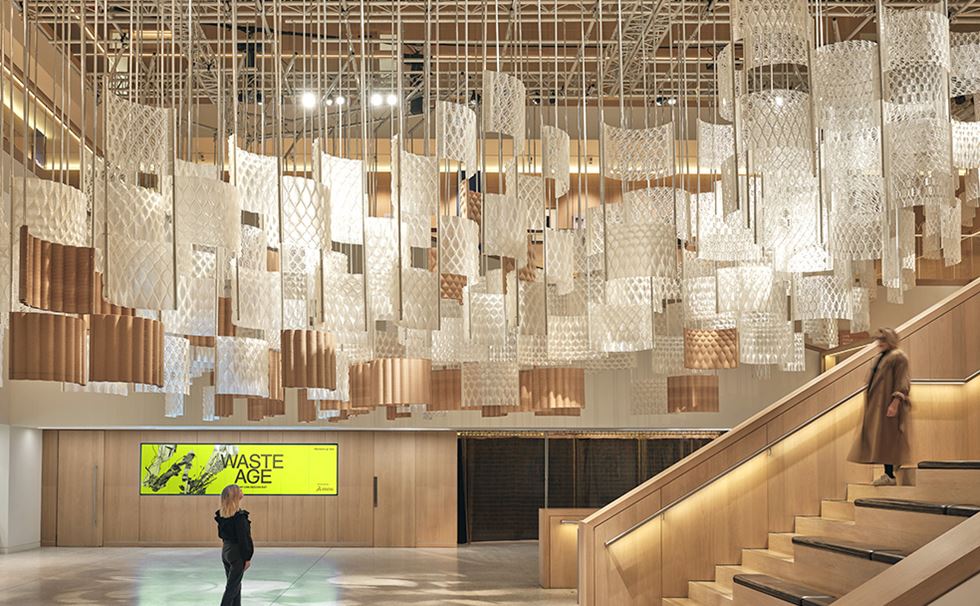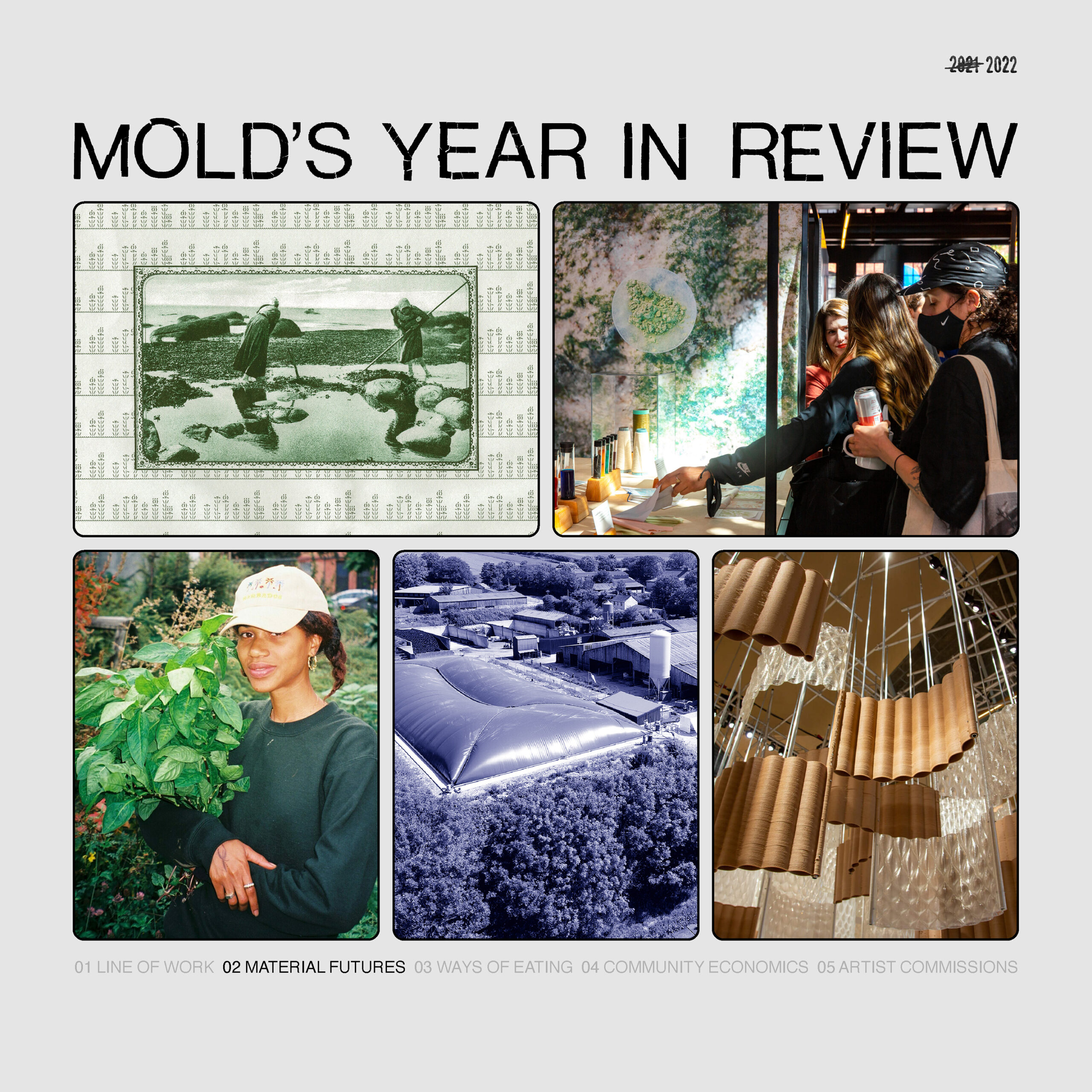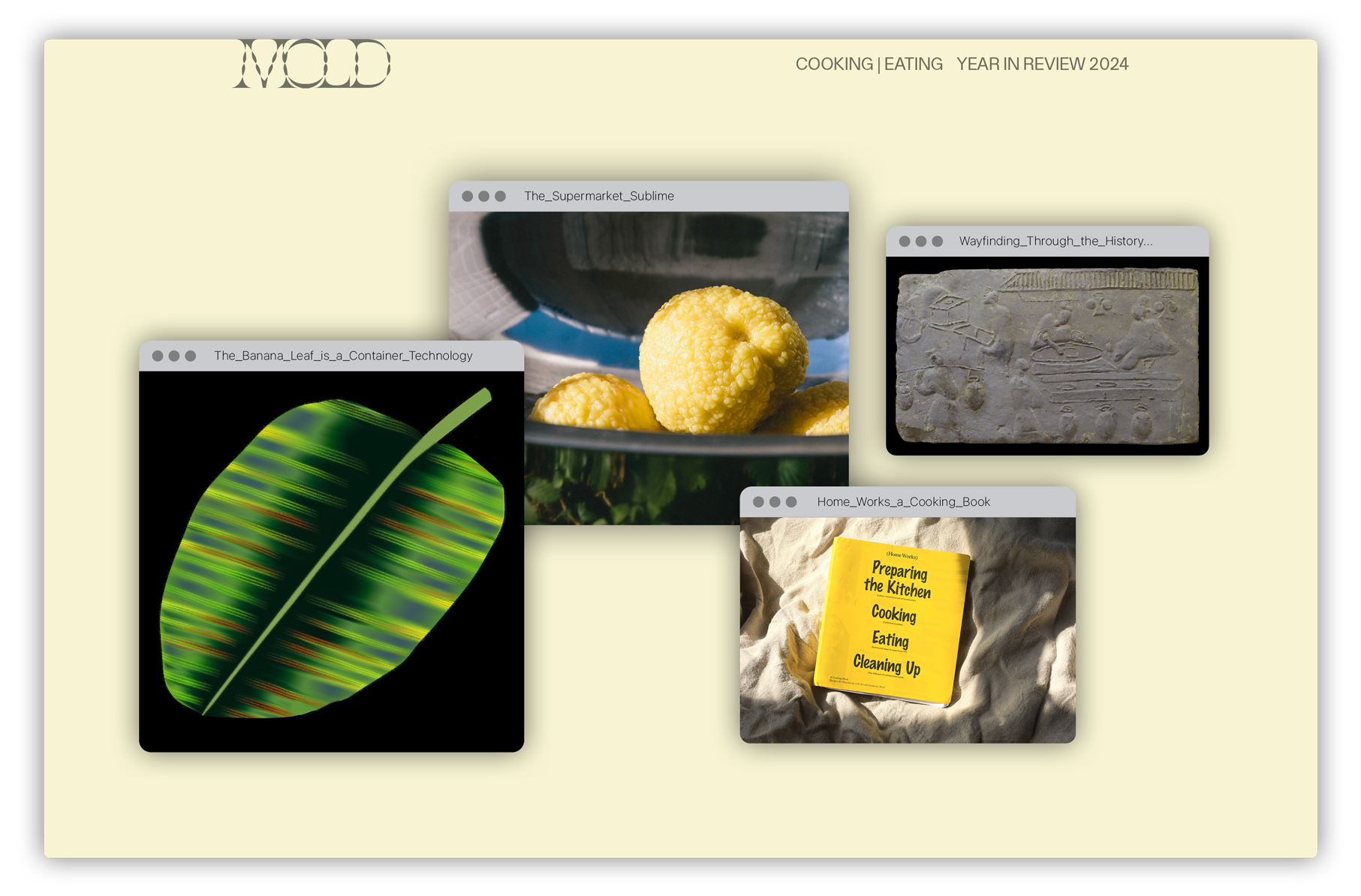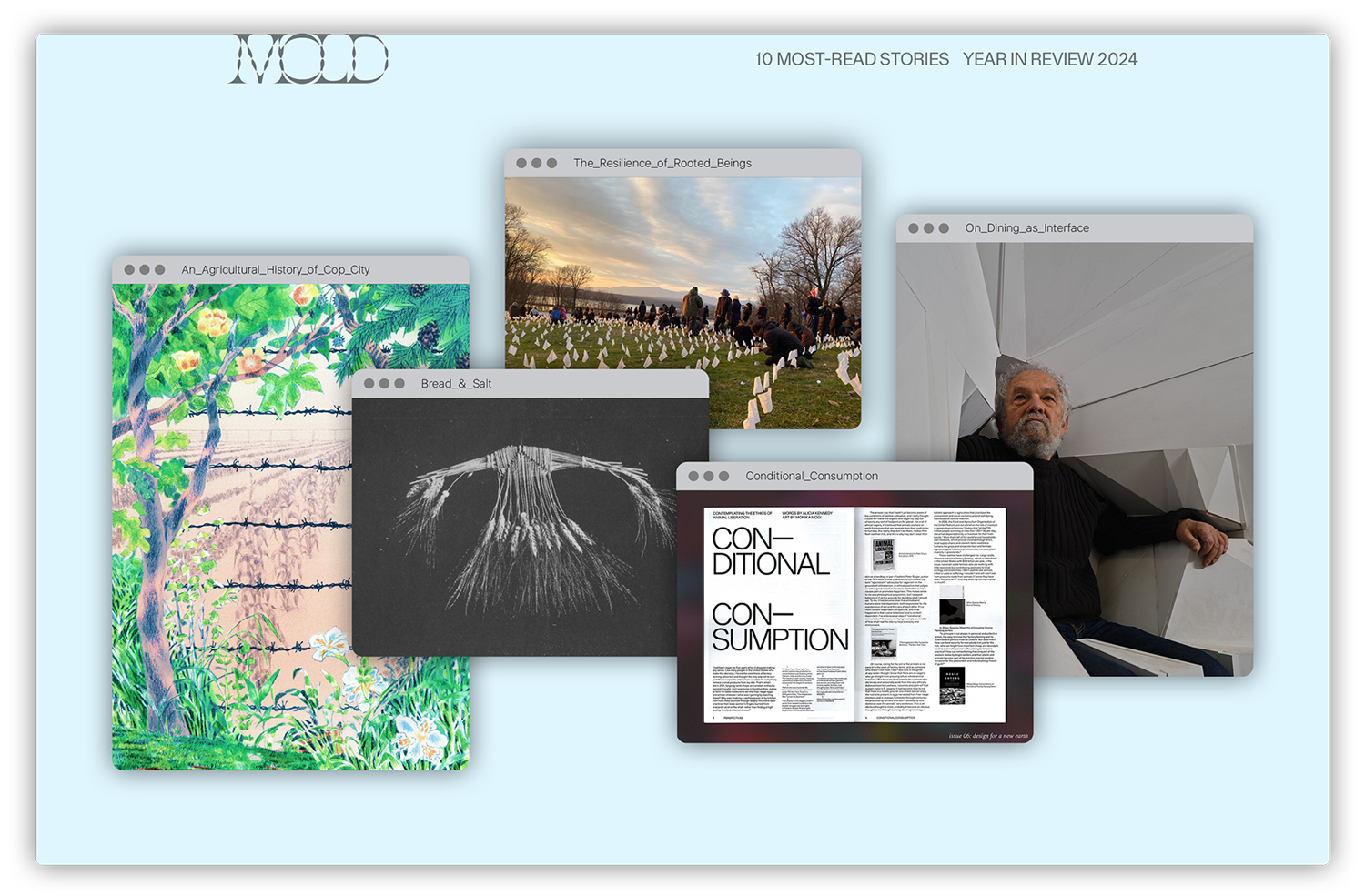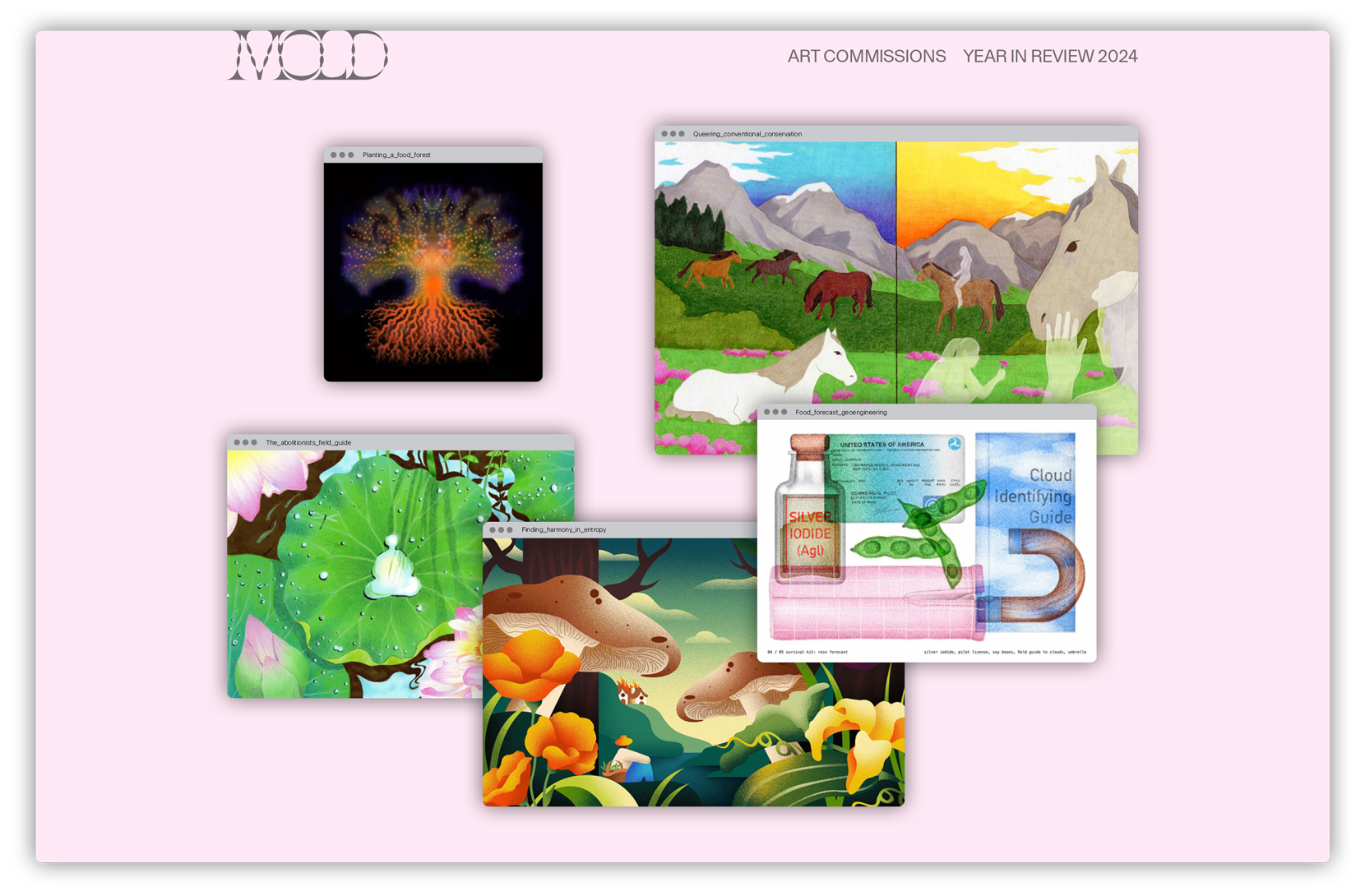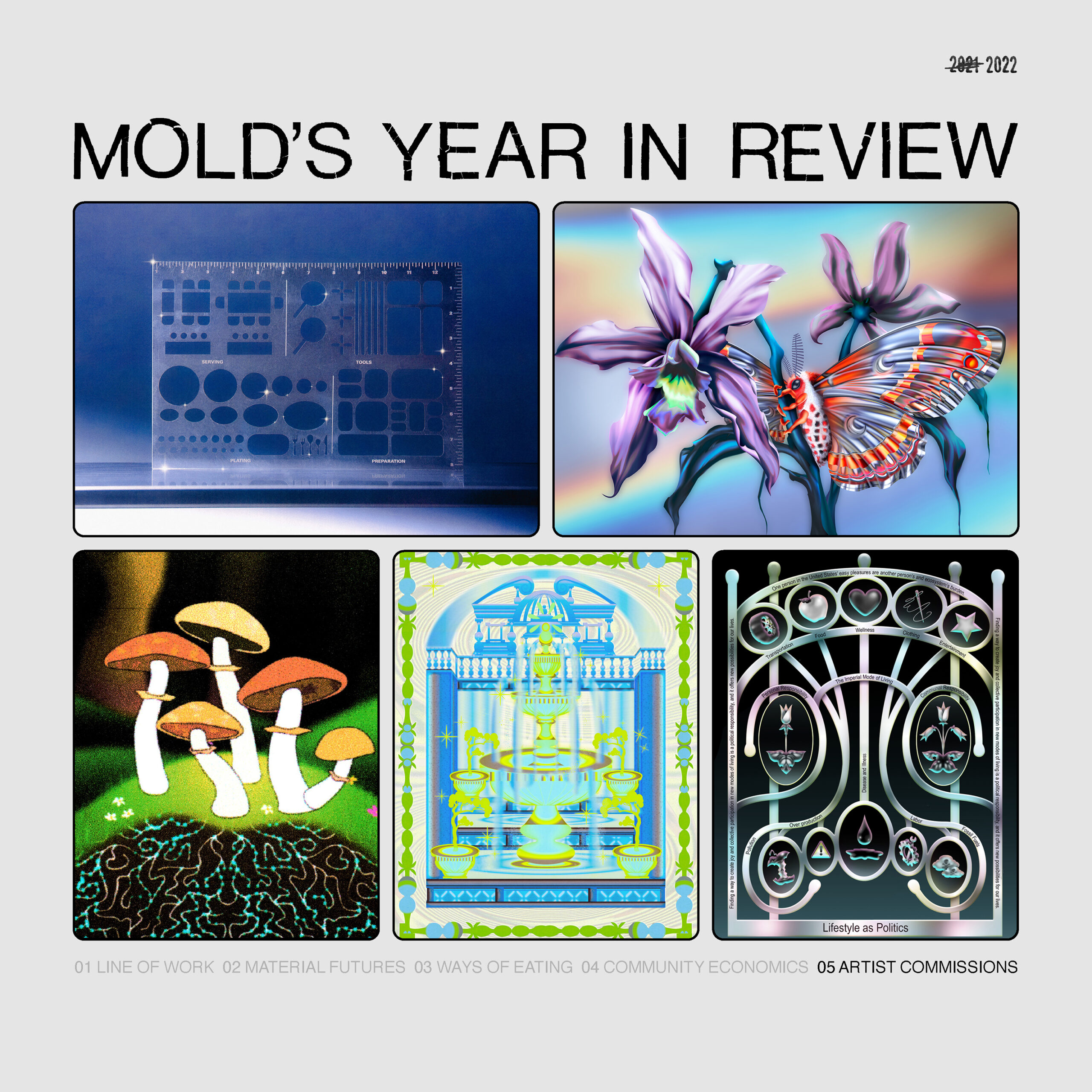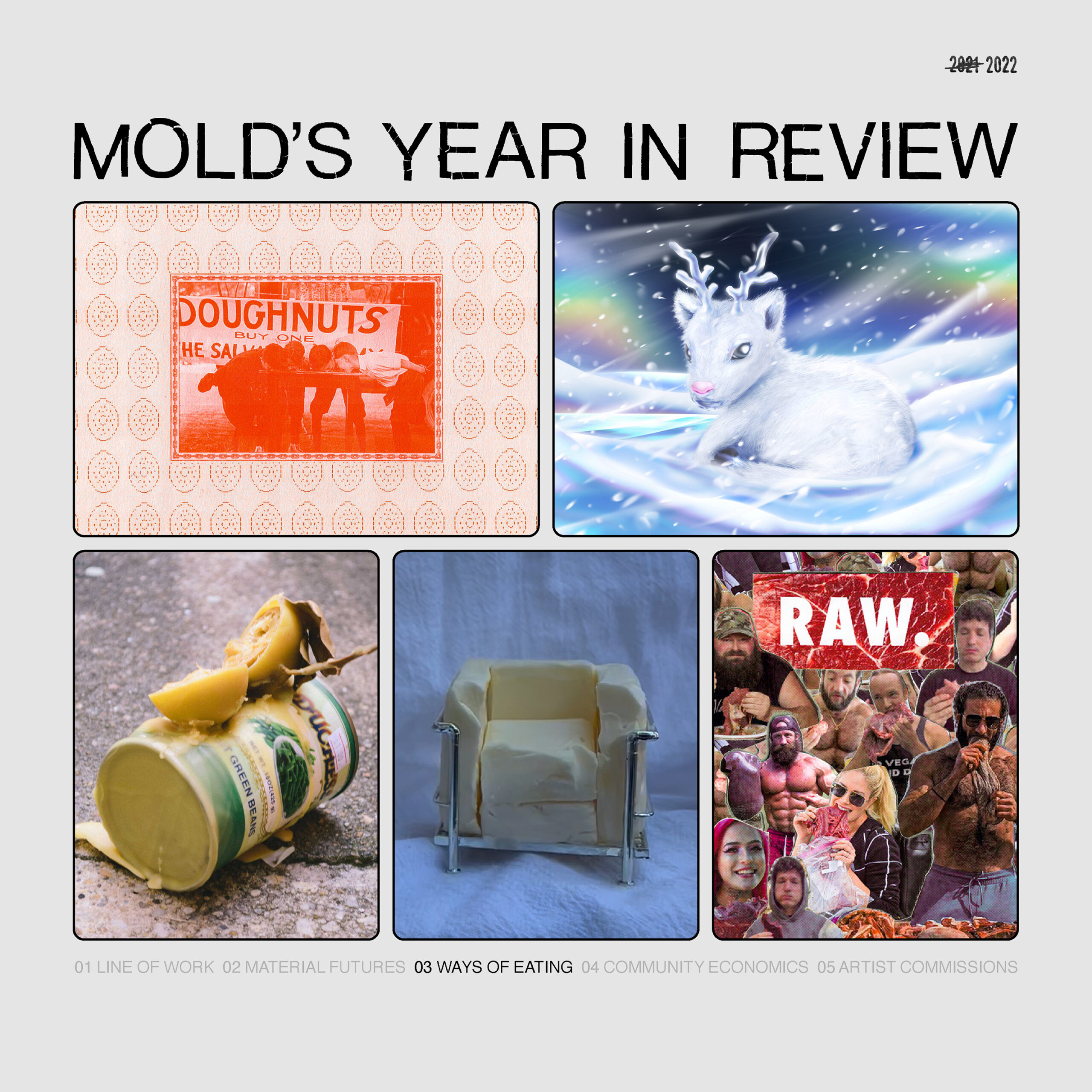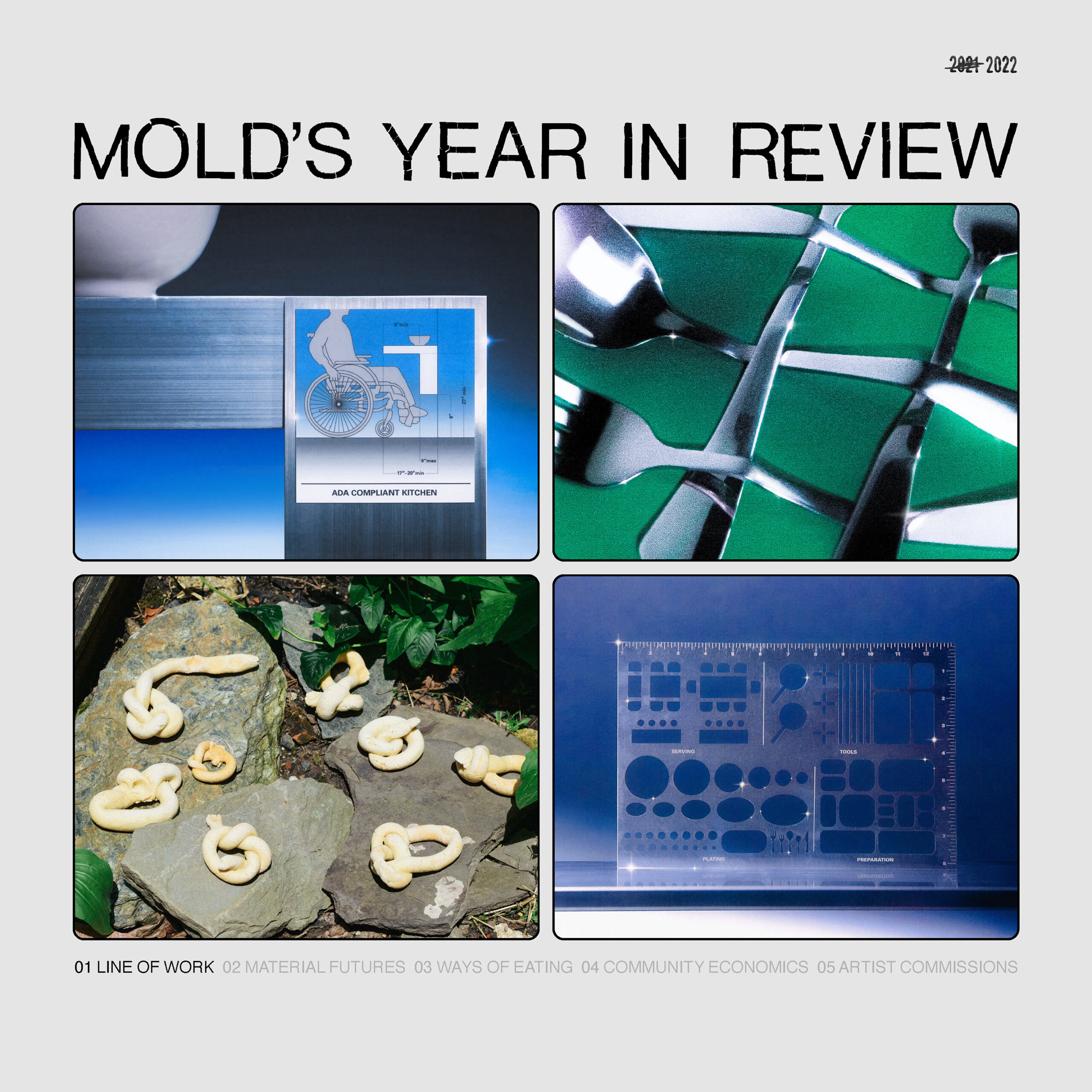Our present moment is defined by a continued urgency around the need to shift our existing, unsustainable patterns of consumption. This year MOLD contributors surveyed disciplines that ranged from fashion to architecture, investigating alternative ways for communing with the material. The following selection of stories uses design as a lens to approach emergent issues of waste and scarcity, offering a window into new (or old) ways of eating, making, and living.
MATERIALIZING A BIOFABRICATED FUTURE – Hiba Zubari
Biotechnology offers to change the way humans consume and relate to the material world around them. Hiba Zubari speaks with Suzanne Lee of Biofabricate, a company seeking to use biotechnology to reimagine design from a static, product-based linear process into a cyclical system that involves community, ecology and economy.
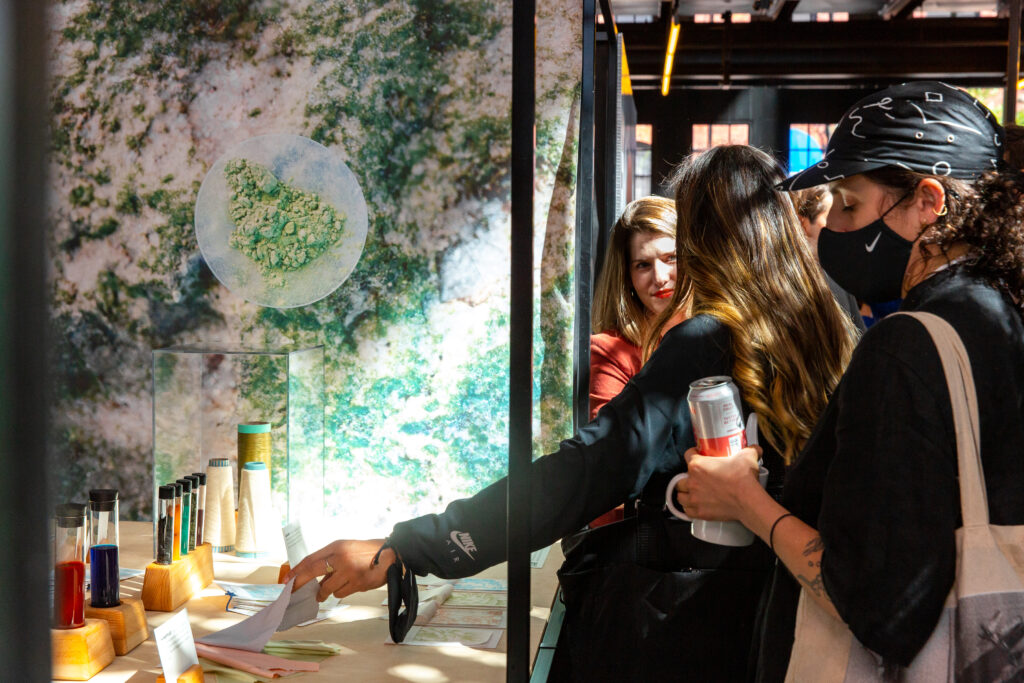
IN THE CUT WITH OUT OF SEAM – Nathanael Cox
In this conversation between chef and artist Nathanael Cox and Tajah Ellis, the mind behind the fiber and textiles laboratory Out of Seam, the two discuss their practice, process and negotiating histories through their work. Tajah expands on the material histories of the colors she uses in her natural dye practice and how her process serves to facilitate a place-based connection between Out of Seam’s rich-hued garments and her ancestry in Belize.
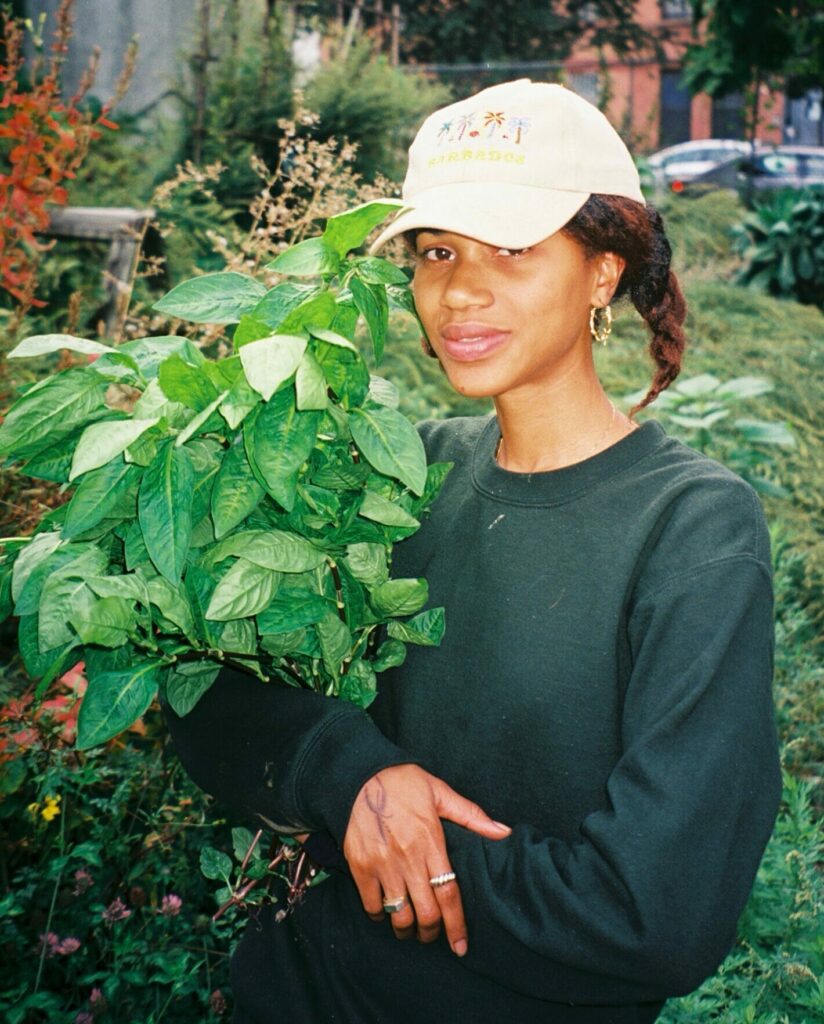
SAVOURING SEAWEED – Holly Eliza Temple
Algae, and in particular seaweed, is a popular mainstay in conversations surrounding food alternatives. Holly Eliza Temple analyzes this history of algae as an ingredient, tying historical ways of eating to current economies of cultivation.
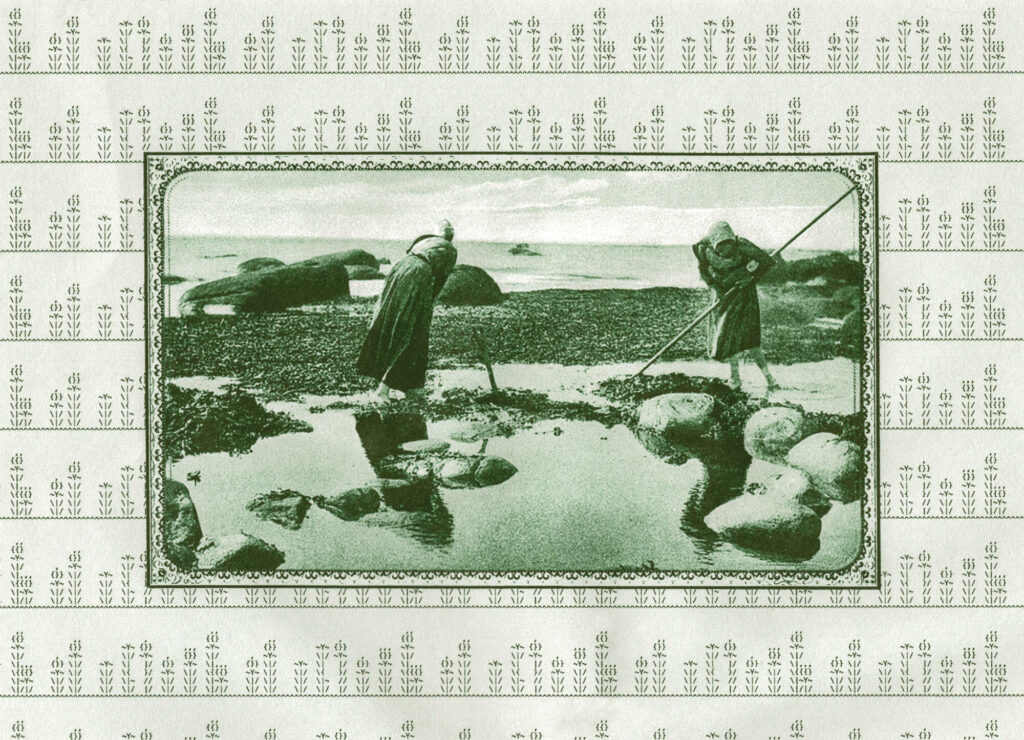
ECONOMIES OF EXCREMENT: COW PAT ENERGY – Julia Georgallis
With Europe’s current energy crisis, Julia Georgallis researches a poo-based alternative that might transform the energy market. Julia speaks with Cornish engineering firm Bennaman about a technology that allows small-scale dairies to give their cattle’s excrement a second life, establishing on-site facilities to convert methane into fuel.
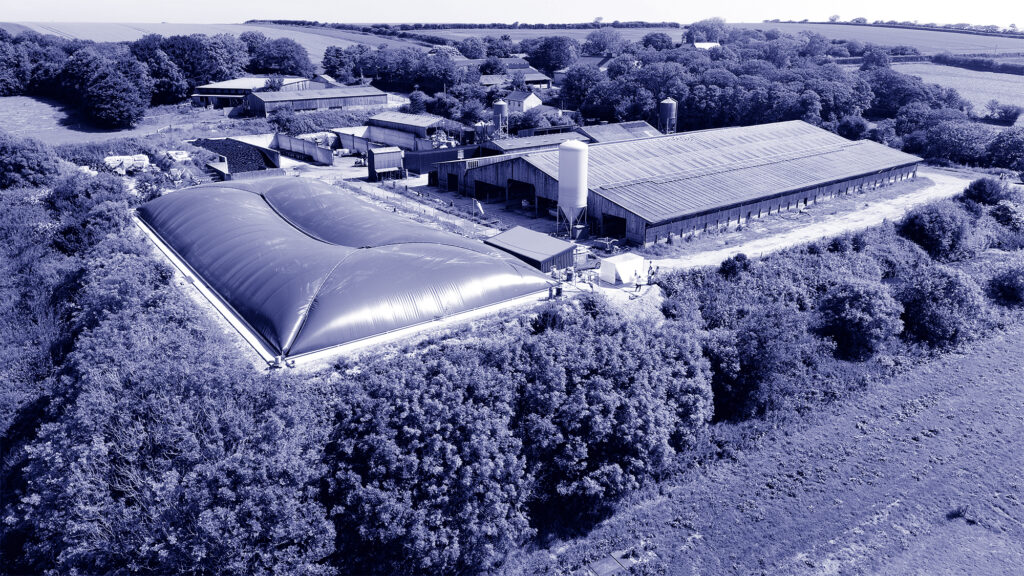
SUGAR PLASTIC: A TASTY ALTERNATIVE? – Hiba Zubari
At the center of discussions on our material futures is that of waste. In this article on sugar plastics, Hiba Zubari writes about French architect Arthur Mamou-Mani’s 3D sugar plastic-printing technology and how it seeks to extend the life cycle of materials used within our built environments.
